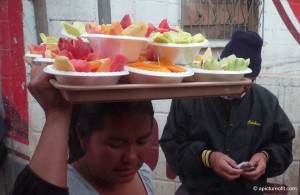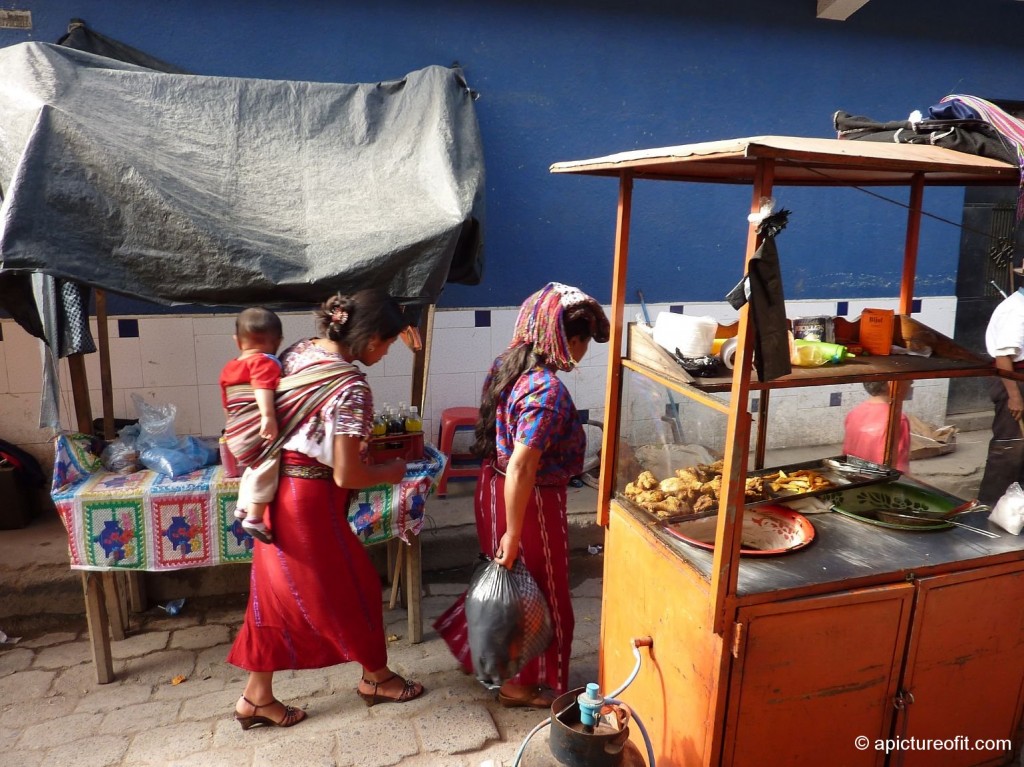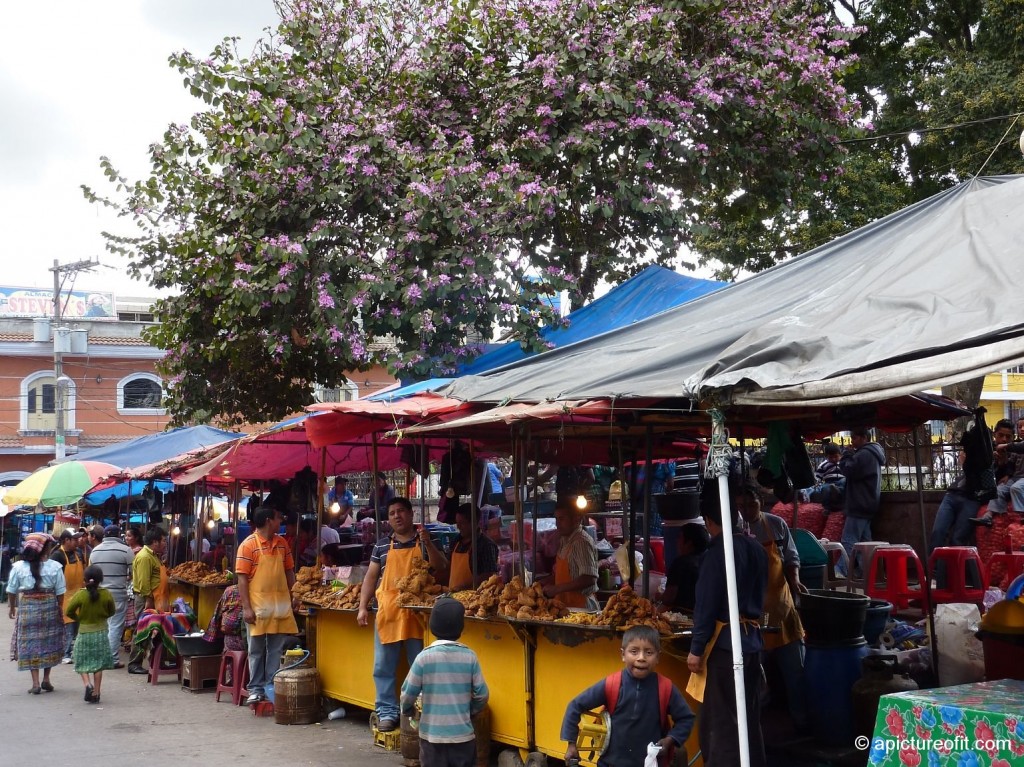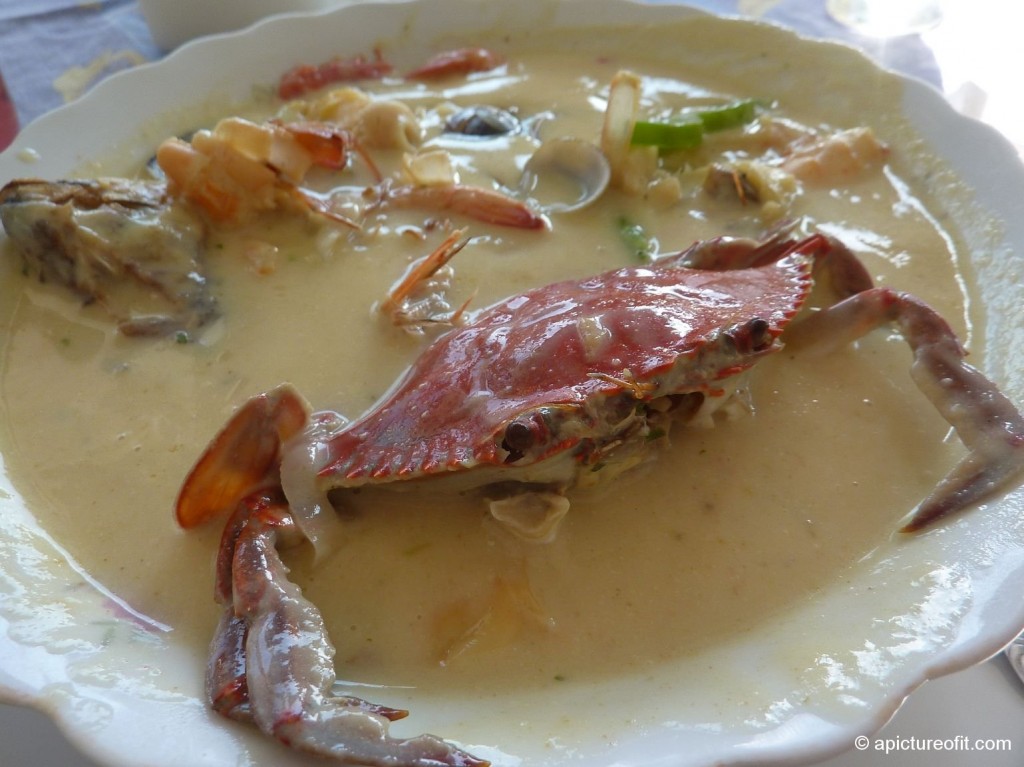Fifty years ago, the foods that were available in Guatemala were highly location specific. Around Lago Atitalan, the soil is poor and there were very few choices. The diet of the Maya living in the lakeside villages was largely limited to the following:
maize
tomatoes
chiles (picante)
fish
coffee (without sugar)
water
very small quantities of these foods:
chicken rarely – twice per year
eggs, rarely
beans
spinach
bananas
oranges
There was no onion nor garlic for flavoring. Not only has trade completely changed this, but in many of the lakeside villages today, it is hard to even locate Guatemalan food as Western cuisine now dominates where the ex-patriots have settled. In Panajachel and San Pedro, hamburguesas and Asian fusion are now the common fare.
But the soil in much of Guatemala is rich and fertile and today there is a wide variety of vegetables and fruits available at reasonable prices in all of the local markets.
For nearly half of my stay I ate whatever was served in my homestay. More or less. Here was the typical pattern:
Desayuno, 7 am.
My daily breakfast was a very nice licuado (fruit smoothie) made with strawberries, pineapple and mango, and scrambled eggs plus whatever additional fruit was served that morning. When the others in the house had cereal for breakfast, it was served with a large bowl of fresh cut up fruit. When the breakfast was crepes, there was a banana accompanying.
The daily eggs were by special request as I am unable to do a high carbohydrate breakfast without dissolving into frenetic madness, a state no one in the house would have appreciated.
Almuerzo 1 pm
A large portion of vegetables, a small piece of meat, with rice or potatoes. Sometimes a soup as a starter. Bread on the side.
La Cena 7 pm
Another portion of vegetables, often battered fried cauliflower. Smooshed black beans or rice.
For snacks I usually bought tostadas with avocado and shredded chicken sandwiches.
When on the road I had whatever was available as street food. Commonly this is what was sold as churrasco. Though the term actually means grilled meat, it seemed to refer to a whole small meal on a flour tortilla which, along with the grilled steak, included beans and sauce and a macaroni salad.
Here is one of the most common street foods in Guatemala:
Little fried chicken and potato stands, such as this one adjacent to the market in Nebaj, were found throughout the country. I often ate at them as I counted on the hot oil taking care of any potential health issues.
Even so, nothing prepared me for the piles of chicken on the close-packed carts alongside the main square in Quiché.
I also tried various regional specialties such as the cinnamon spiced Pepián and cilantro laced Jocón. When I could get a really good típico plate, I would choose that. It might have seasoned fried beef with black beans, cheese, salsa, vegetables, potato and bread.
And finally I leave you with one last very special dish, unique to Livingston, located on the small slice of Caribbean in the far north of the country and accessible only by water. The cuisine of this area is influenced by both the seafood that is harvested here and by the Garifuno population, descendants of ship-wrecked African slaves. Tapado is a dish which is memorable for both its taste and its appearance.
After removing all the shells and bones, I took my own sweet time, and finished every last spoonful.




